Is there any more archetypical a set-up than a knight, a wizard, a princess, and a whole mess of foul beasties? It provides an instant hook – the princess has been captured (oh, will wonders never cease?) and you (both brave AND chivalrous) must rescue fair damsel (for kissy time and perhaps more).
Such a set-up is at once galvanizing and polarizing to a potential user base. It’s the kind of setting that – even back then – we had seen so many times that some craved new set-ups. But at the same time, it’s a familiar theme and one that promises any number of ferocious creatures to test your mettle.
Ultimately, the set-up provides a hook for the player, and then he or she uses it as rationale for getting to the end. With games like this, all we really needed was this hook to get started, there was no need for a long-winded tutorial. But when you lay anything bare it needs to be good to continue through it. To see it to the end. The game needs to play well, because in the end that’s what the player truly remembers.
Wizards & Warriors, as a series, succeeds and fails in this regard. It’s just so disparate. Every title is vastly different from the prior. They range from difficult to tedious, from great to… not so great. But it’s a series that I have seen through to the end due to my personal attachment to it. I loved certain entries so I had to complete certain other entries.
Wizards & Warriors (1987, NES)

It’s the quest of Kuros as he seeks out the evil wizard Malkil who holds a princess captive in the impenetrable Castle IronSpire. Gorgeous music and decent gameplay await.
Wizards & Warriors started fairly strong with its first outing on the Nintendo Entertainment System. It was a solid action game that rarely felt truly unfair. However, you will notice that Kuros’ jump is sometimes a little limited, being much more vertical than it is horizontal. Combined with the fact that some elements that look like background are actually surmountable platforms, it takes a bit of practice to get into the swing of things with W&W.

Then you will notice Kuros’ sword swings. He has a limited range and his sword is not terribly effective at slaying foes. Poor guy, huh? This is alleviated by gaining thrown weapons that drastically increase your range and killing power. One thing to note that -contact- with Kuros’ sword hurts things. He doesn’t -have- to swing it. So you can be jumping up and kill a spider above you just by touching. This is important to remember. Some enemies above you might be very difficult to avoid as they appear suddenly as the screen scrolls, but this will help you ascend vertical climbs without as much damage as you -could- take.
Essentially you gather keys, gems, and items to proceed through the world. You fight boss monsters and rescue princesses. Your ultimate goal is the showdown with Malkil.
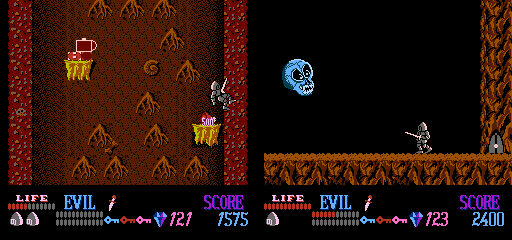
For most of the action scenes, when you are traversing terrain, if you die you can continue instantly from where you died. You have unlimited continues, and as far as I can tell there are no dire consequences for biting the big one. I believe Simon’s Quest may have handled death similarly. This balances the difficulty, I suppose, but I am no apologist. While I love this game, it -is- flawed and there should be no need for such a generous respawn system.
Regardless, this is the very reason folks interested in the series should start here. The continue system will allow to learn some of the series’ idiosyncrasies and generate interest in the more difficult IronSword.
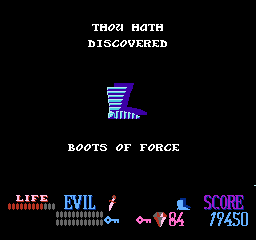
Ironsword: Wizards & Warriors II (1989, NES)

Ironsword is the first game that I bought of my own accord, it has a lot of sentimental value for me. It was for a fiver down at a convenience/video store (Mac’s for those few in the know) that has been long since bulldozed.
Ironsword is not as generous with its continue system as W&W was, but it is still a completely doable game. It is challenging, yes. It has a learning curve, yes. But it by no means impossible. Ironsword is a hard game that can immediately turn off new players because it is unabashedly unforgiving at times. However, this is like a rite of passage for NES players. Best Ironsword then move on to the next!
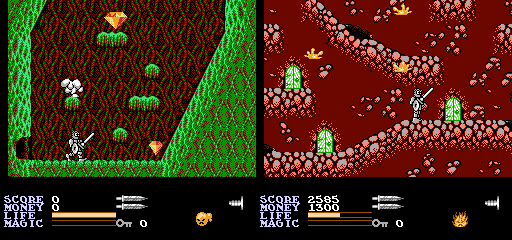
Ironsword is the story of the… well, the Ironsword. Kuros must assemble said Ironsword to vanquish Malkil who has assumed the form of the four elemental forces. There are four elemental themed areas for Wind, Water, Fire, and Earth and then at the end you must climb the infamous IceFire Mountain. In each area, Kuros searches for a golden item for the local King, typically a giant animal. Once he finds it, the King grants him access to an elemental battleground where Kuros had better hope he can find or has found the respective elemental “bane.” These banes are spells that allow him to damage the elementals, to attack them from afar at the cost of his magic meter.

Magic is a big factor in Ironsword. Besides gear like in Wizards & Warriors, you can also find magic spells to cast. These are best saved for certain situations, and the Silver Fleece is easily the greatest. Get them and try them out!

Environments can be the most deadly aspect. The game is definitely unforgiving, but manageable once you learn the environment, where items and spells are placed, and where each golden item lies. In classic Wizards & Warriors fare, landing on a ledge can send Kuros sliding on his arse down a few meters. But you’ll manage!
I find the enemy frequency much lower than W&W, though the lack of throwing knife or axe puts you at a bit of a disadvantage. You can direct your sword as you swing it, however, and you can still “jump into things.” I generally find that the stages are fairer and once you get over the learning curve it’s a more balanced game than Wizards & Warriors. It’s more difficult to pass, yes, but I think it’s completely worth it.
Beware the final boss battle (set to one of my favourite final boss themes of all time, for the record). This infamous encounter on top of IceFire has been the end of many journeys. But don’t let it end yours. Learn the magic recovery spots on the summit, use your Silver Fleece, and you’re golden!
The biggest boon here is perhaps that this game has a password system. You don’t have to complete it all at once, and you can work on it until you’ve got it down solid.
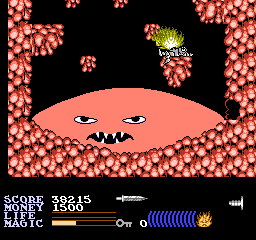
Wizards & Warriors II: Kuros: Visions of Power (1992, NES)
Kuros: Visions of Power was nothing if ambitious. Picture this: Kuros’ gameplay options were meant to be vastly expanded as he ventured into the vocations of Thief and Wizard. Three Kuros for the price of one in this third installation of the NES trilogy trifecta. An incredible proposition, on paper.
I actually hadn’t played Visions of Power until about four years ago as I found it difficult to find a copy. I had heard murmurings about its quality but I entered this game without a negative bias because hey, I’ve heard murmurings about Ironsword as well (not all of them unjustified, either) so I figured it was a similar deal here.
Now I will set the record straight right now that I do _not_ hate Visions of Power. Yes, I was quite disappointed with this game, especially after the length of time I waited to actually find a copy in the wild around here. However, the good moments are solid and the production values for the music are still spot on. But there are a number of dire transgressions here.

First of all, the scope of the game. The game isn’t exactly short (for an NES game), but in spite of this it feels very claustrophobic. There are a handful “hub” areas with many interior scenes with very little variation throughout. The world seems so limited, and it could have been grand. I _like_ the idea of finding guild statues before you can level up your classes. But why not have these hidden in swamps and woods and graveyards. When I heard the concept of Visions, I immediately thought “Faxanadu.” A large world with tributaries leading to treasures. Visions could have been so much more.
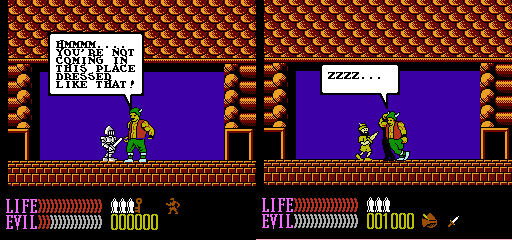
Besides being limited to these precious few areas, keys are the ubiquitous gameplay element here. You have to buy keys to open locked doors, especially at the start of the game. So much of the game is a tedious back and forth between locked doors, grinding some money, and buying new keys.
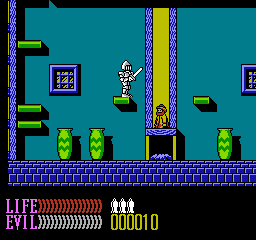
Enemies have been severely neutered in this installment as well. Which I suppose may be a side-effect of the fact that Kuros must now normally stop to attack. You hold the attack button and press a direction to swing your sword at the most fiendish of stock enemies: short guys with beards, town guards, and stray dogs. However, they take a ludicrous amount of hits to defeat so it’s best to just avoid most fights with these meandering pedestrians.
Bosses are pretty dull for the most part too, except for the few with the demon guy, the worms, and the admittedly very difficult bout with Malkil (not a spoiler, you always fight Malkil :P). Bosses are recycled, and these recycled bosses are often lazily designed or otherwise uninspired and unintimidating. Many of them are fights with large versions of the very same guild statues you use to level up (at the end of a guild trial). They attack and pause, and I guess you are expected to get in and get out but Kuros has _never_ been agile and is need to pause to swing properly in this game makes him even less agile. So you just tank these statues and it’s a war of attrition. Similarly, other bosses have exploits as well. It’s just very lazy.
It’s a damn shame, because Visions of Power could have been incredible. I always appreciate when a series tries a new direction, and this one could have been excellent. It was so ambitious in concept, but not so much in execution. I’ve got a lot more to say on the matter, but that could fill a whole article by itself…
One final word of warning: You have limited lives and _no_ continues to my recollection. Kuros: Visions of Power is definitely doable (and pretty easy up until Malkil, honestly) but you will need to devote a solid block of time to it, including sessions where you learn where things are unless you use a map or something. ONLY recommended for people who are enthusiasts of the series already.
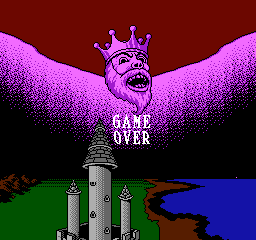
Fortress of Fear: Wizards & Warriors X (1990, Game Boy)

This game actually fits in prior to Wizards & Warriors III both in continuity and in release date. This is probably the least known of the four titles, likely because it’s on the Game Boy. People always forget the Game Boy games. For instance, “Oh man Kid Icarus on the NES is finally getting a sequel!!!” – never mind it had one for ages on the Game Boy!
There is an idea that Game Boy games are more forgivable because they are “smaller” versions of other games. I don’t agree. Game Boy games can take similar titles and give it their own excellent spin, like Super Mario Land, Metroid II, and Link’s Awakening. They can be the start of a great series, like Gargoyle’s Quest or Kirby’s Dreamland. Or they can be their own tremendous original titles, like Fortified Zone, Trip World, or Kaeru no Tame ni.
Where am I going with this? I’m saying that if Fortress of Fear is bad, I won’t give it a free pass simply because it’s a Game Boy game. That’s _never_ been a valid excuse. And what of Fortress of Fear? Well, it’s not a great game by any measure. However, it is playable and with a little patience it’s definitely passable.

Kuros is responsive enough, but he jumps like he always has. This is an issue because so many of these levels are horizontal. There are some pretty tricky jumps that are tricky merely by virtue of Kuros jumping behaviour.
The pace of the game is very deliberate. Kuros is not very strong, so he should pace himself. It may take a few hits to kill even bats, and if you scroll the screen to fast then you will be almost guaranteed to take a few hits as you cannot kill most of these threats before they reach you. It’s best to stay just outside of their range and take them on bit by bit.
But the bosses are much worse than the enemies. Most bosses are trivial, easy to burn through once you figure them out. But therein lies the problem – “figuring them out” means how to stay just outside their range so you can hit them as they pass by. It’s merely an exploitation of their pathing. If you try to go one on one in a battle of strength and dexterity, they will get the better of you as they are many times more agile than Kuros who, I reiterate, has _never_ been very agile.
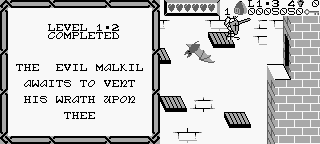
All in all, while the game is not a complete wash it often feels like a chore. It’s not difficult, but at the same time it’s not always engaging either. It’s not beyond redemption, but again I recommend it mostly as a curiosity for fans of the series.
Epilogue
It might seem like I’ve ragged on Visions of Power and Fortress of Fear exhaustively, but I will repeat that on a personal level I _do_ enjoy them. There’s a certain flavour to these games, and a certain drive within me that wants me to surpass them when they’re difficult. And a curiosity that wants me to see them through to the end when they’re simply unpleasant.
However, I also admit flaws in Wizards & Warriors and Ironsword that are really present across the entire series: sketchy hit detection, sluggish jumping, and sometimes tedious goals. But I do believe that the first two games are excellent NES titles that should be played by anyone who is a fan of the console. Again, Ironsword should be on every NES fan’s gaming bucket list.
The latter half of the series, however, should be reserved for people who have developed a fondness for the series. In truth, this same fondness will probably make them angrier at the faults in these games. But it will also let them separate and appreciate the parts that are rewarding as well.
Wizards & Warriors is a classic challenge with classic themes. It’s actually a great cross section of the NES’s library, for all the good and bad that entails. The series is representative of the things the console did right, and the things it could have done better. If you’re interested in the NES, please give this series a chance!
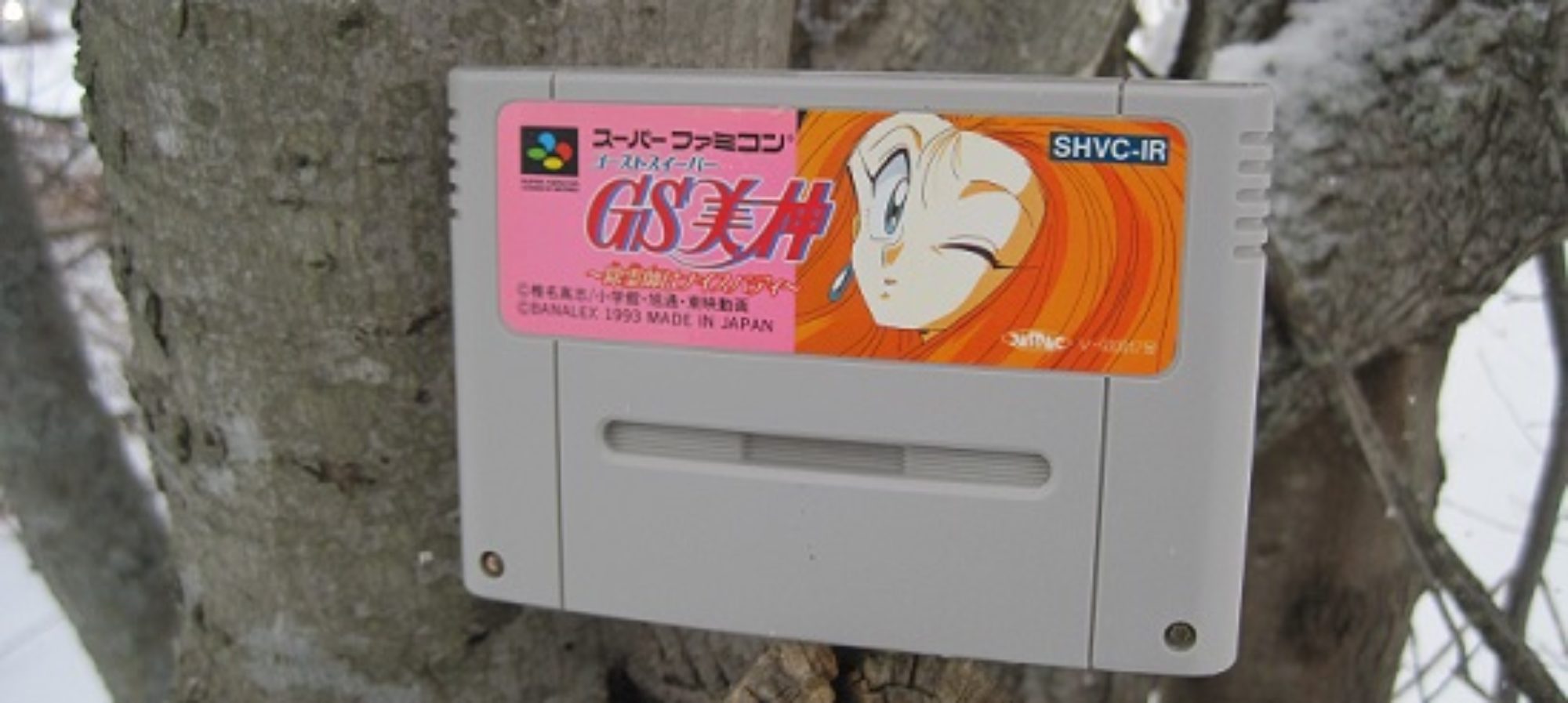
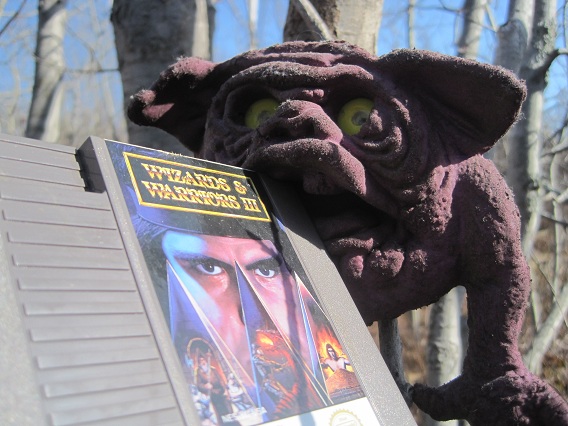
You’ve told me to play through Ironsword at least once and I still haven’t. 😛 Maybe one day. The questions is, though: is it wise to start with the (apparently) best one first?
Well, there’s no real need to play them in order. They’re a continuing narrative I suppose, but they standalone.
That said, they’re different enough that you could probably start anywhere. Ironsword or Wizards & Warriors preferably. People can be polarized about this series, but either one of the two stand the best chance of actually being liked.
That child simply does not care that his home is aplearntpy bursting into flames, is filled to the rafters with demons, or that a barbarian is randomly handing him software come to think of it when I was playing the NES at that age, I wouldn’t have either!
Ha ha, I suppose not. He was probably just confident that Kuros would save his household. 🙂
My mom never let us have barbarians over. Then again, I prblaboy wouldn’t have wanted to share my gaming snacks of Mtn. Dew and pretzels with them.
I don’t know. If I had some barbarians over to play NES I might feel a little more than obligated to share my pretzels :P.